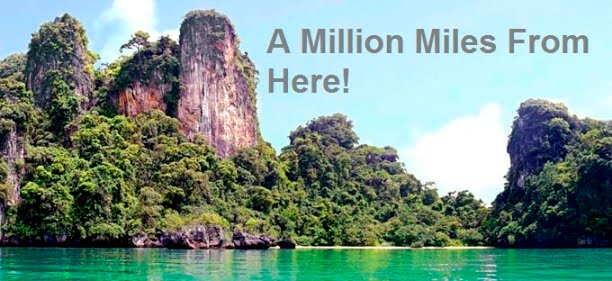New Zealand, the youngest country in the world is home to more sheep than people and one of the most rugged and diverse landscapes on the earth. And due to the dramatic nature of the landscape is why it was used as the filming location for the Lord of the Rings trilogy or as it has now become known, the New Zealand tourist board publicity film!
Our adventure starts in Auckland after a 3hr flight from Sydney. We had a nights stay in a hostel before picking up the van so we booked into one close to the airport as the rental company was located close by. This was a stroke of genius on our part for a change as the city is 20km away making airport transfers expensive and the hostel happened to have a great curry house just down the road.
Next day we collected a brand spanking new Toyota Hiace just like the others we had in Australia however this one only had just 940km on the ODO….it won’t by the time we hand it back! The van is identical in everyway except that the interior has a lovely brown and red colour scheme rather than the blue we had become accustomed to and no electric windows!
We now had two choices - North or South? With the weather still just about cold enough in the south for skiing and with no heater in the van we decided to head North for a few weeks to allow things to warm up a bit. We headed out of the city after a few unintentional detours to a National Park campsite at Shakespear (yes, this is spelt correctly as far as the Kiwis are concerned!) National Park which overlooked the city of Auckland.

The next morning we woke to find that the vehicle that had been searched was gone with no sign of the nights drama. I wonder if they found anything? We continued our journey north sticking to the coast road whenever possible and made our way to Tutukaka. Tutukaka is one of the top dive sites in the world due to its caves, lava tunnels and marine park packed with fish due to a long term fishing ban. We enquired about doing a dive but felt that being beginners that we would not get the best out of this location, so the next day we made our way north up the coast to the Bay of Islands and its main port of Paihia.
The Bay of Islands holds an important place in New Zealand’s history. Not only is it a bay with 104 islands contained within it but its also the place that Captain Cook first landed in 1769 when he discovered this part of the world. It is also the place where the treaty between the English and Maori people was signed and its first settlement, the town of Russell. To see the place at its best it has to be from the water so we booked a sailing trip on a catamaran, the trip hopefully also involving swimming with dolphins.
The boat left at 9:30 and we sailed towards to one of the bigger islands looking at the multi-million pound houses built on the private islands and watching the penguins duck and dive in the water trying to escape the gaze of the tourist boats. As we got closer to the middle of the bay a pod of dolphins came over to the boat and began swimming around us putting on their show for the tourists. The pod contained 3 adults and one juvenile. With the adults being up to 4m in length and about 50kg in weight, in the clear turquoise water they looked huge especially when they breached the water or stuck their heads up to have a look around. Due to the rules that are in place around swimming with dolphins, we were unfortunately unable to swim with them because they had a baby with them (any dolphin under the age of 3) so once again Emma missed her chance to swim with the marine life.


Our stop for the night was as usual epic in its location, a small bay hemmed in by rock bluffs with the campground taking a commanding view over the beach a few metres below. All for the princely sum of £7. Next morning saw a few hours drive to our intended target, Cape Reinga which is the tourists most northerly point of New Zealand. The actual most northerly point goes only 3km further north but is a 3 day hike from the nearest road to get there, so we made do with second place. We have both seen some incredible coastline on this trip most notably in Australia but it never fails to take our breath away when you are presented with rugged cliffs, massive sand dunes and beaches that go on forever. Cape Reinga was also spectacular because you were able to see the actual point where two oceans meet and the churning caldron of water that’s created by this phenomena.


Next: The journey to Wellington





No comments:
Post a Comment